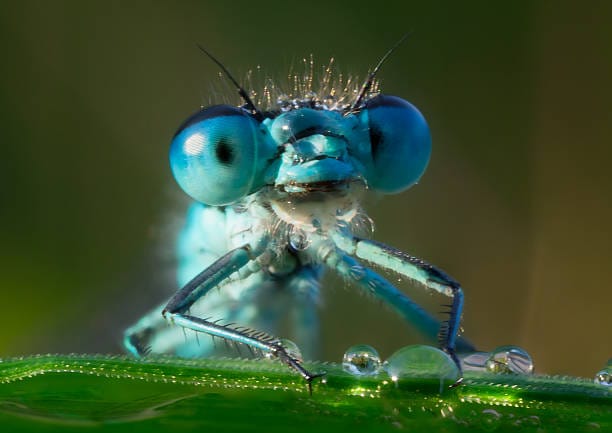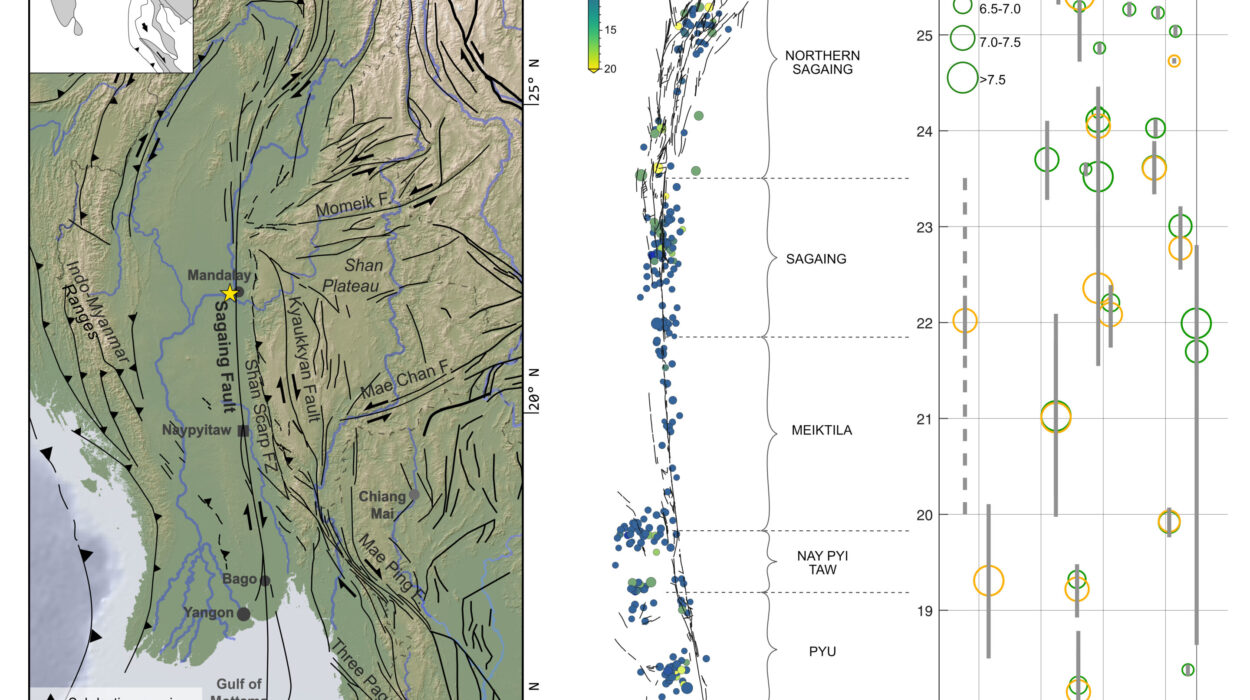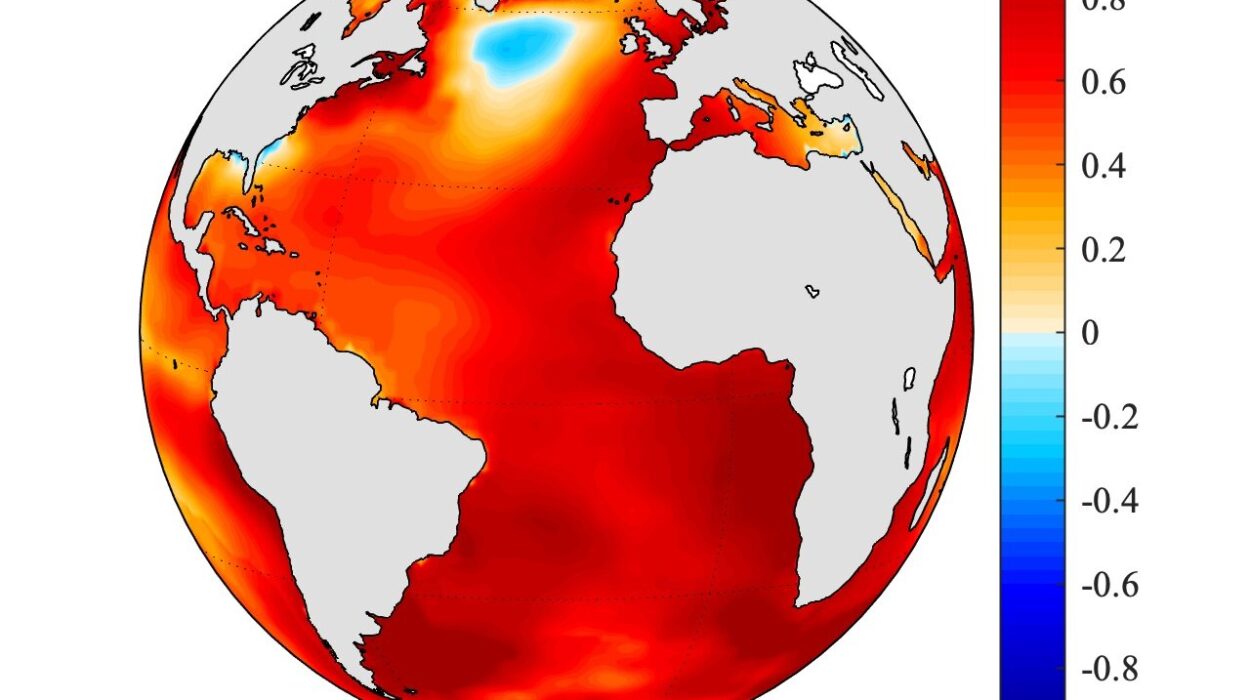In the early morning, when the first light filters through leaves, the air should be alive with tiny, purposeful movement — bees weaving between blossoms, dragonflies gliding above still ponds, beetles trundling along the forest floor. This is how nature has always begun its day: with an orchestra of whirs, clicks, and hums that form an invisible heartbeat for the planet. Yet in many places around the globe, that sound is fading. Fields are quieter, windshields are cleaner, porch lights attract fewer moths. It is a silence that feels wrong, almost eerie.
Over the past decade, scientific reports have begun to suggest what farmers, gardeners, and nature lovers have been whispering for years — insect populations are declining, and in some places, the losses are catastrophic. For the untrained eye, the absence might seem trivial; after all, insects are small and often overlooked. But their disappearance would trigger a collapse in the living systems we depend on. This is not just a naturalist’s lament — it is a warning for humanity itself.
The First Alarms
Concerns over insect decline first burst into public awareness in the late 2010s, when a study in Germany found that flying insect biomass in protected areas had dropped by more than 75% in just three decades. The revelation was shocking, not only for the scale of the loss but because it occurred in nature reserves — places that should be refuges.
Similar studies emerged from Puerto Rico, Denmark, and the United Kingdom, showing declines in butterflies, moths, bees, and beetles. A pattern began to emerge: insect populations were not just fluctuating as part of natural cycles; they were steadily falling, year after year. The trend was so stark that some scientists began to use the term “insect apocalypse,” a phrase that spread quickly through media headlines and public consciousness.
But was it truly an apocalypse? And if so, what did that mean for the future of biodiversity?
The Complex Web They Weave
To understand the stakes, we must step into the intricate, interconnected world of insects. They are not merely background creatures in nature’s story — they are the scriptwriters, stagehands, and key performers all at once.
Pollinators like bees, butterflies, and certain beetles fertilize more than 75% of the world’s flowering plants, including many of our food crops. Without them, apples, almonds, coffee, tomatoes, and countless other staples would become scarce or vanish entirely. Decomposers such as dung beetles and ants recycle organic matter, returning nutrients to the soil and sustaining plant growth. Predatory insects like ladybugs and wasps keep pest populations in check, protecting crops without the need for heavy chemical intervention.
And insects themselves are food — not just for humans in some cultures, but for birds, amphibians, reptiles, and mammals. Remove insects from the equation, and entire food webs collapse, sending shockwaves through ecosystems. The silence of a missing cricket might mean the silence of the owl that once hunted it.
Signals in the Data
One challenge in assessing insect decline is the difficulty of counting them. Unlike large animals, insects number in the billions, with extraordinary diversity. There are over a million described species, and estimates suggest that up to five million more remain undiscovered. Many live in remote areas or in hidden microhabitats, making long-term population studies rare and patchy.
Still, patterns are emerging. In regions with strong historical data, such as parts of Europe and North America, declines of 1% to 2% in insect biomass per year are common. That may seem small, but over decades, it represents a staggering loss. In tropical areas, where biodiversity is highest, data is scarcer, but signs point to similar trends.
Part of the challenge lies in separating natural fluctuations from persistent decline. Insects often have boom-and-bust cycles driven by weather, food availability, and predator populations. But long-term studies that track populations over decades reveal that the busts are becoming deeper, and the booms weaker.
The Pressures They Face
The reasons behind insect decline are neither simple nor singular. They are the product of multiple, overlapping pressures — a perfect storm of human activity altering the fabric of their world.
The most visible cause is habitat loss. Expanding cities, intensive agriculture, deforestation, and infrastructure projects carve landscapes into fragments. Fields that once bloomed with wildflowers become monocultures of wheat or corn. Hedgerows and wetlands vanish, robbing insects of food, shelter, and breeding grounds.
Chemical pollution, particularly from pesticides and herbicides, adds another layer of danger. Neonicotinoids, a class of insecticides used widely over the past two decades, have been linked to declines in bee populations. These chemicals can impair navigation, weaken immunity, and reduce reproductive success — often at doses far lower than those that kill outright.
Climate change shifts the timing of seasons, altering when flowers bloom and when insects emerge. It also pushes species into new territories, sometimes faster than they can adapt. Extreme weather events — heatwaves, droughts, floods — can wipe out entire local populations in a single season.
Light pollution disrupts nocturnal insects, luring them into deadly traps around streetlights and buildings. Even the simple act of driving contributes; studies in the UK and Denmark have found that insect splat counts on windshields have dropped dramatically compared to decades past, a grim roadside metric of decline.
The Role of Public Awareness
In recent years, online search trends have revealed something intriguing: more and more people are asking whether insects are disappearing. Search spikes often follow news stories about bee colony collapses, butterfly migrations shrinking, or studies on insect biomass loss. This public curiosity matters — because awareness can drive action.
When people begin to notice and care, pressure mounts on policymakers to address the crisis. In the case of neonicotinoids, for example, growing public concern pushed the European Union to enact partial and later near-total bans on their outdoor use. Citizen science projects, where volunteers count butterflies or monitor pollinator activity, have exploded in popularity, filling crucial gaps in scientific data.
But awareness also brings challenges. Alarmist headlines can create a sense of hopelessness, leading to disengagement rather than action. Scientists caution that while declines are real and urgent, they are not universal — some insect groups are stable or even increasing, often those that adapt well to human environments. The narrative must be one of serious concern coupled with agency, not doom without remedy.
Biodiversity’s Unseen Foundation
Insects’ role in biodiversity is both foundational and irreplaceable. They are not interchangeable units in a machine; each species plays a unique role shaped by millions of years of evolution. The loss of a single pollinator species can mean the decline of the plants it specializes in, which in turn affects the animals that feed on those plants. This cascading effect can unravel ecosystems in ways that are hard to predict.
Moreover, biodiversity itself provides resilience. A diverse insect community can adapt to changing conditions more easily, buffering ecosystems against shocks. Homogenized landscapes — where only a few adaptable species survive — are more fragile, more vulnerable to disease, pests, and climate extremes.
Can We Reverse the Trend?
The question that hangs over the conversation is whether insect decline can be halted, or even reversed. The answer is complex but hopeful. In areas where pesticide use has been reduced, habitats restored, and native plants reintroduced, insect populations have shown signs of recovery. Urban environments, surprisingly, can play a role if designed thoughtfully, with pollinator gardens, green roofs, and corridors of wild vegetation connecting fragmented habitats.
Some countries have launched large-scale initiatives to protect pollinators. France, for example, has implemented a national strategy banning certain pesticides and encouraging farmers to plant flower strips along field edges. In Costa Rica, the restoration of degraded forest land has brought back not only birds and mammals but a rich diversity of insects.
Every garden, park, and roadside verge can make a difference. The choices individuals make — planting native flowers, reducing pesticide use, turning off unnecessary lights — create a cumulative effect. And while local action cannot replace systemic change, it builds public will for the broader policies needed.
The Future Without Them
Imagining a future without insects is to imagine a world stripped of color, sound, and abundance. It would be a place where birds starve, crops fail, and the soil itself grows tired. Rivers would clog with decay, forests would thin, and the delicate lacework of ecological relationships would unravel.
We are not yet on that path beyond return, but the fork in the road is visible. The coming decades will determine whether our children inherit a world buzzing with life or one where silence reigns.
Listening to the Buzz Before It’s Gone
Perhaps the most sobering truth is that insects do not have a voice in their own fate. They cannot protest, cannot demand cleaner air or safer fields. They can only vanish, and in doing so, speak the language of absence. It is up to us — scientists, farmers, policymakers, citizens — to translate that silence into action.
The trend in searches about insect extinction is not just a reflection of curiosity; it is a mirror of our collective anxiety about the fragility of life on Earth. It shows that people are beginning to notice what is missing. The challenge now is to transform that noticing into sustained effort, to write a different ending to the story.
If we can do that — if we can listen while there is still a hum in the air, still a flicker of wings in the dusk — then perhaps the next generation will not know what an “insect apocalypse” is. They will simply know the joy of stepping into a garden alive with movement, the sound of pollinators stitching together the fabric of life.
And perhaps they will never have to ask the question that haunts us today: Where have all the insects gone?






